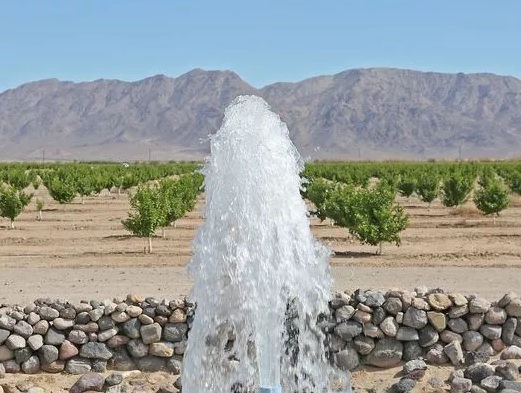Sustainability is all the rage these days, which is why shows like “Tiny House Hunters” and “Off-the-Grid Living” can stay on air. Yet, sustainable living doesn’t necessarily mean that you have to live in a house with less than 200 square feet of living space or that you need to live out in the boondocks with no electricity or access to health care. You can enjoy a sustainable lifestyle and reduce your carbon footprint by taking a far less drastic, and far more accessible, approach.
Sustainable gardening is one way that the average consumer is contributing to the environment. However, with these five tips, you can do the average consumer one better and enjoy healthier foods, save money, and save time.
Catch and Conserve Water
There are dozens of ways in which you can catch, conserve, and reuse water on site. Install a rain barrel to catch rainwater, have your downspouts point toward your garden, or use cisterns. Civilizations have been harnessing and using rainwater for years, so it doesn’t make sense that people today use hoses and faucets to do what nature can do for us. Though it may be difficult to create a water conservation system as complex as the Cadiz Water Project out in Southern California, it doesn’t take much to install a rain barrel in your open yard.
Use Native Plants
Too many people, when they plant their gardens, plant exotic flowers, fruits, and vegetables that require extensive maintenance and care. These plants are expensive to buy and even more expensive to keep alive. They also don’t do much to help your other flora. If you want to keep garden maintenance to a minimum and to ensure that it replenishes itself, invest in native plants. Native plants are often maintained by native wildlife, such as bees and butterflies. Better yet, native plants are accustomed to the extreme weather conditions of your area, including drought. If your goal is to preserve earth’s resources (e.g., water), then native plants are the way to go.
Many native plants produce edible fruits, nuts, berries, and roots. You can still enjoy the fruits of your labor (no pun intended), while maintaining a self-sustainable garden.
Welcome Natural Predators
The whole goal of sustainable living is to be able to live without the help of human-made products. Pesticides are a humanmade product, and if you introduce your garden to it, it may have a difficult time flourishing on its own. If you don’t want weeds sucking the nutrients out of your plants, welcome natural predators such as snakes, bees, butterflies. You don’t necessarily have to invite them in, but don’t scare them away when they do come.
Make Compost
Compost is easy to make. In fact, you likely throw away compost ingredients on a daily basis. Egg shells, coffee grounds, tea bags, banana peels, apple cores…these are all things that can be decomposed and used in the garden as a natural fertilizer. You can even use your yard clippings, such as grass cuttings and leaves, in your compost pile as well. Not only does composting prevent build up in landfills, but it can speed up the growth of your garden in a natural and healthy way.
Use Mulch
Mulching your garden with leaves, pine needles, wood chips, or other ground covering can help keep the soil moist and weeds at bay. This is a win/win/win for you, the planet, and your plants. With mulch, you won’t have to garden as much, and your plants can enjoy a longer, healthier life without weeds stealing their nutrients.
Sustainability is a rising trend, but hopefully, it’s a trend that’s here to stay. If you want to try your hand at sustainable living, start small with a small, self-sustaining garden.
